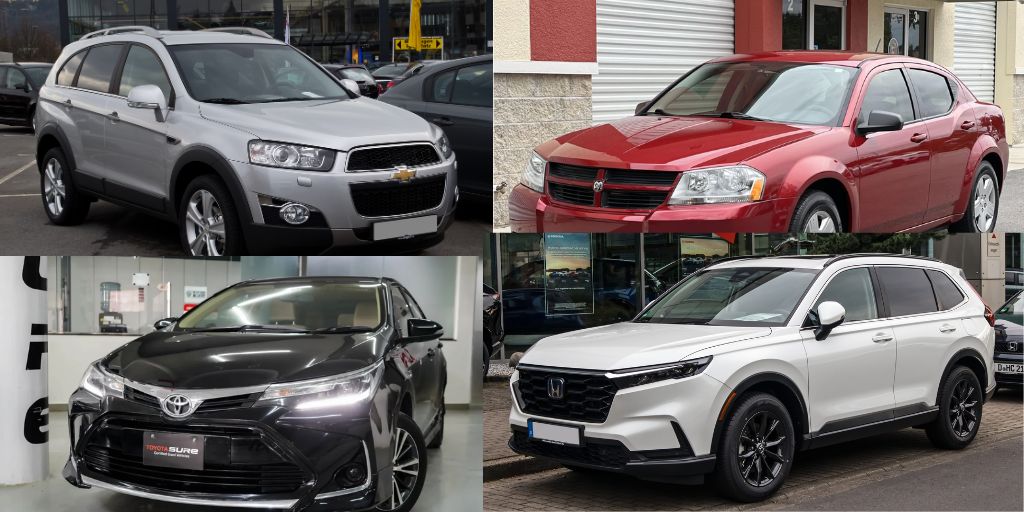Buying a 10-year-old car is always a gamble. It can either be a smart financial decision or a never-ending headache. While some cars age gracefully with minimal maintenance, others deteriorate into a pile of costly repairs.
The key to making a wise purchase lies in understanding long-term reliability, build quality, part availability, and maintenance history.
Ten years is a milestone. At this point, a car has likely crossed 100,000 kilometers (or more), seen multiple owners, and experienced real-world wear and tear. Many vehicles lose their edge around this age.
Electrical gremlins appear, suspension starts to rattle, and engine performance begins to fade. But not all cars follow this path. Some models stand out for their excellent engineering and robust reliability even after a decade of use.
In this article, we dive deep into two categories: five 10-year-old cars that are still incredibly dependable, and five that are best avoided or retired for good. This is not just about luxury or looks—it’s about long-term ownership, cost-effectiveness, and peace of mind.
We’ve looked at factors like engine durability, gearbox reliability, known issues, average repair costs, and global user feedback to create this list.
The reliable models still deliver strong performance, low running costs, and solid resale value. They are favorites among budget-conscious buyers and used car enthusiasts alike.
On the other hand, the cars we recommend scrapping have earned their spots for frequent breakdowns, expensive fixes, or poor design decisions that don’t stand the test of time.
From Japanese legends to European letdowns, we’ve scoured markets across North America, Europe, and Asia to give you a global perspective.
5 Reliable 10-Year-Old Cars
Whether you’re hunting for a used gem or avoiding a mistake, this guide gives you the insights you need. Let’s start with the five reliable decade-old cars that you can still count on today.
Also Read: 5 Cars With Best Ride Comfort and 5 That Rattle Everywhere
1. 2014 Toyota Corolla
The 2014 Toyota Corolla is one of the most dependable cars you can still find on the road today. Known for its legendary reliability and low maintenance costs, this compact sedan is the textbook definition of hassle-free driving.
Toyota built this model with a simple, durable design that focuses more on practicality than fancy features, which is why it has aged so well. Under the hood, most 2014 Corolla models come with a 1.8-liter four-cylinder engine paired with either a CVT or a traditional manual/automatic transmission depending on the region.
This engine is known for lasting well beyond 300,000 km with just regular oil changes and basic upkeep. It doesn’t offer thrilling performance, but it is incredibly fuel-efficient and consistent.
One of the biggest advantages of owning a 2014 Corolla is the global availability of spare parts. Because the Corolla is sold in nearly every part of the world, finding affordable parts and skilled mechanics is easy and convenient. Even if something breaks, it rarely costs much to fix.
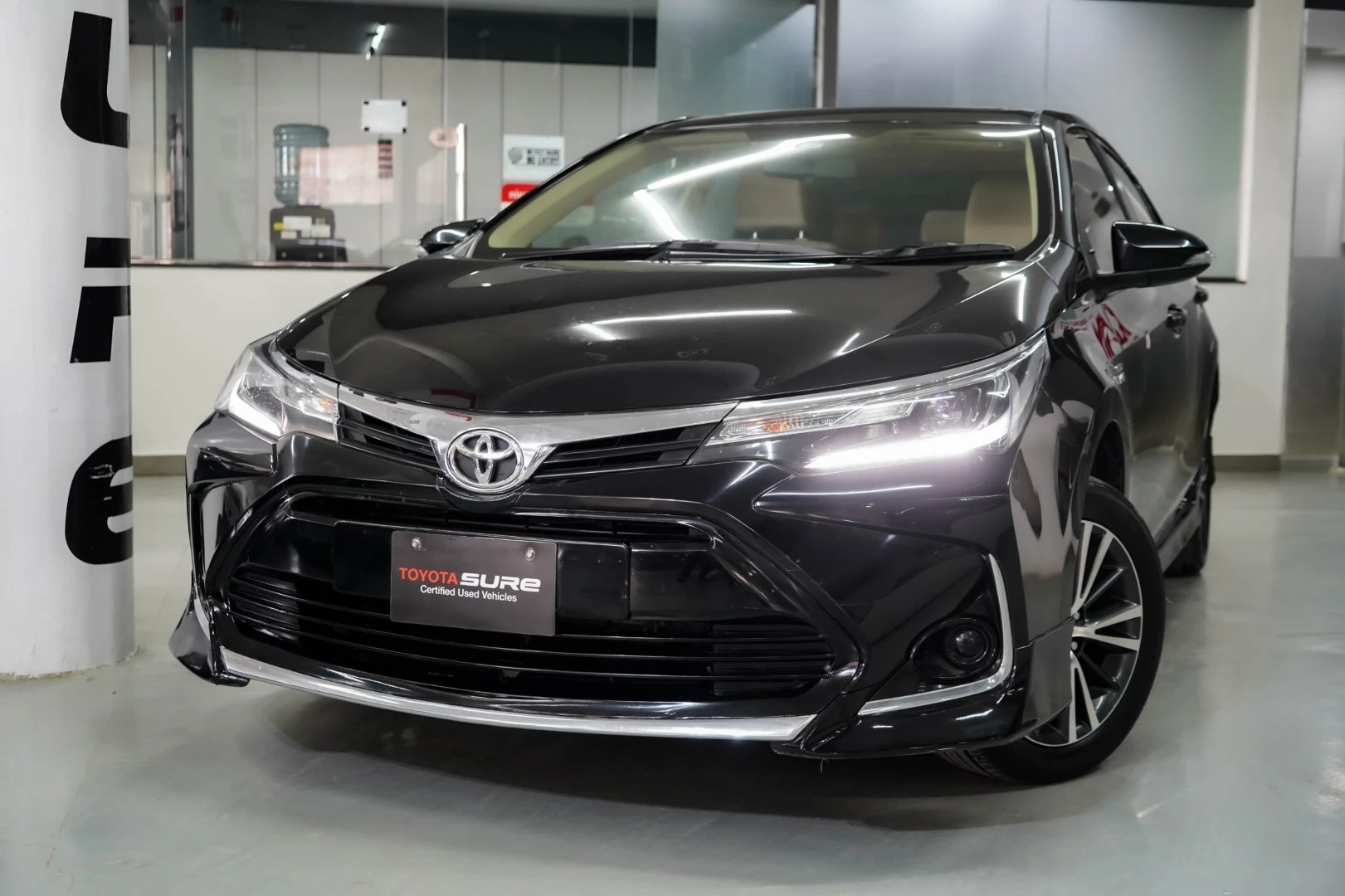
Owners worldwide report very few serious issues with this car. The suspension, electrical systems, and interior components all age well. The build quality may not scream luxury, but it holds up to both time and abuse. In fact, many Corollas from this era are still used as taxis, a testament to their resilience.
If you need a dependable daily driver that asks very little and gives a lot in return, the 2014 Toyota Corolla is still a top-tier choice.
2. 2014 Honda CR-V
The 2014 Honda CR-V is a compact crossover that continues to earn high marks for long-term reliability. Designed to meet the practical needs of families and solo drivers alike, the CR-V blends the convenience of an SUV with the fuel efficiency of a smaller car.
Even after a decade, this model remains one of the best used compact SUVs on the market. Powered by a 2.4-liter inline-four engine, the CR-V delivers adequate performance for daily driving.
While not particularly sporty, it gets the job done with quiet confidence. The five-speed automatic transmission is smooth and simple, and unlike many modern gearboxes, it doesn’t suffer from overly complex electronics that tend to fail with age.
One of the biggest strengths of the 2014 CR-V is its practical design. The interior is spacious, the seats are supportive, and the cargo area is generous. Families love it for road trips and grocery runs, and it’s become a go-to vehicle in many parts of the world.
When it comes to reliability, the CR-V shines. It has very few major faults reported over long-term use. The engine and drivetrain hold up well, and the suspension system is sturdy without being stiff. It’s also relatively inexpensive to repair, thanks to the wide availability of parts and Honda’s straightforward engineering.
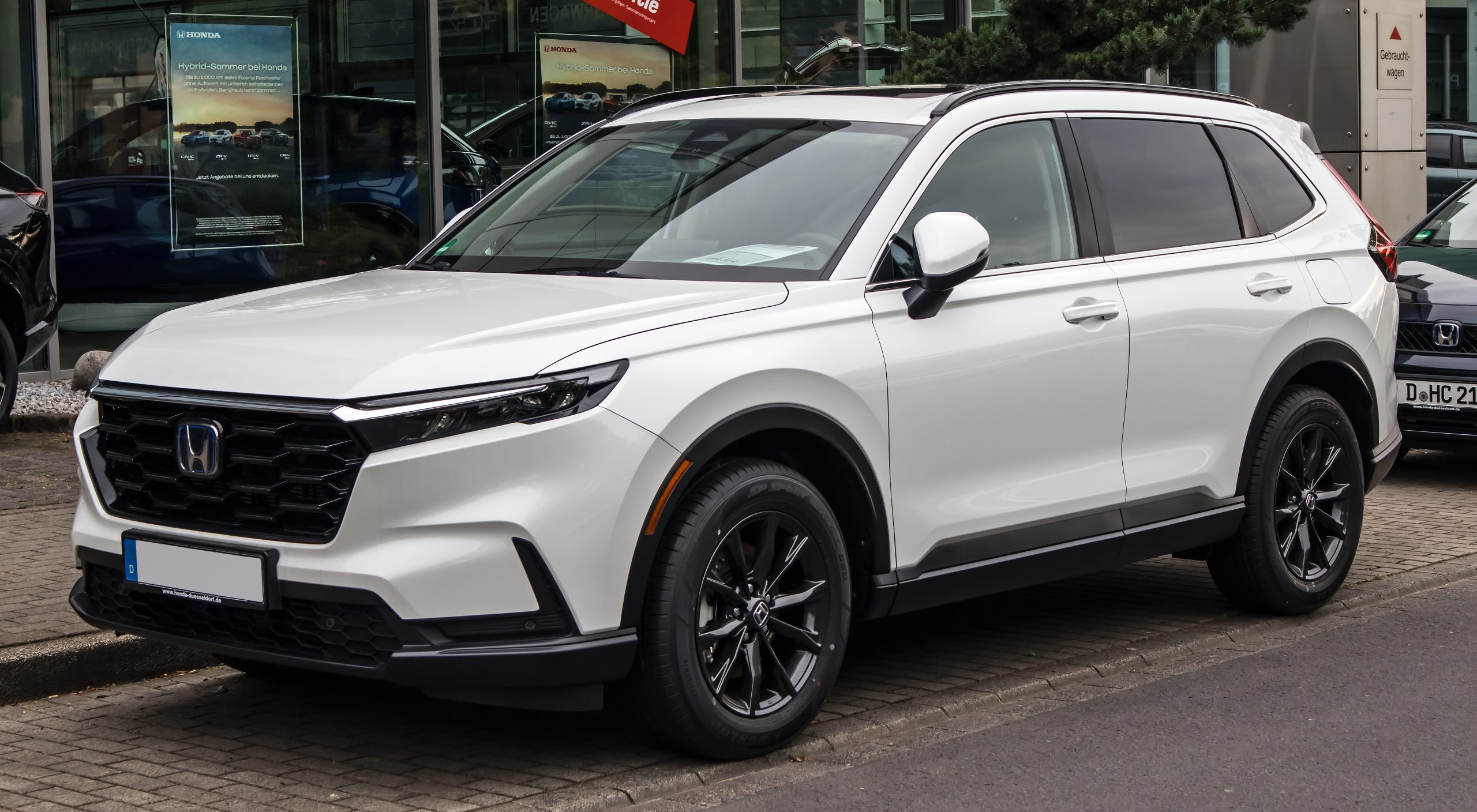
For anyone looking to buy a used SUV that won’t become a repair nightmare, the 2014 Honda CR-V is a smart and dependable choice. It continues to perform well even when the kilometers start to climb.
3. 2014 Mazda3
The 2014 Mazda3 proves that a car can be fun to drive and still incredibly reliable. Unlike some compact cars that focus solely on economy, the Mazda3 brings style, agility, and a more premium feel—all while maintaining rock-solid dependability. Even a decade later, this car remains a top pick for used car buyers across the globe.
This model introduced Mazda’s SKYACTIV technology, which improved both fuel economy and performance. The base engine is a 2.0-liter four-cylinder, while higher trims offer a 2.5-liter option.
Both engines are responsive, fuel-efficient, and known for longevity when properly maintained. The transmission options—manual or automatic—are also praised for their durability and smooth operation.
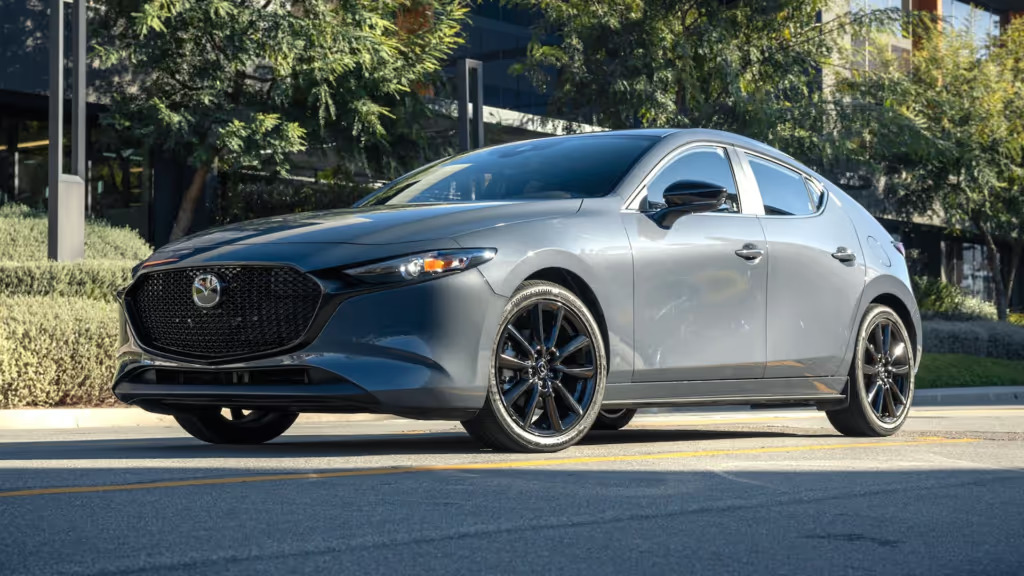
What makes the 2014 Mazda3 stand out is how well it balances everything. The suspension provides a sporty ride without being uncomfortable. The cabin is well-built, with quality materials that don’t degrade quickly. Even the infotainment system was ahead of its time for a compact car.
Long-term owners report minimal issues beyond regular wear-and-tear. There are no widespread engine or transmission failures, and maintenance is simple. Brake pads, filters, and fluids are affordable to replace, and the vehicle’s design makes DIY servicing accessible.
In terms of resale value, the Mazda3 holds its price better than many rivals. It’s often seen as a “driver’s car” that doesn’t punish you with reliability problems. For those who want something compact but not boring, the 2014 Mazda3 delivers an excellent mix of driving joy and long-term value.
4. 2014 Lexus RX 350
The 2014 Lexus RX 350 is a luxury midsize SUV that stands out for its exceptional build quality and long-term reliability. While many luxury cars lose their shine after a decade, the RX 350 keeps delivering comfort and performance without excessive maintenance costs. It’s one of the rare premium vehicles that age gracefully.
At its core, the RX 350 features a naturally aspirated 3.5-liter V6 engine that is both powerful and reliable. It’s mated to a six-speed automatic transmission that shifts smoothly and is known for its durability. Unlike some German luxury vehicles that rely on complex turbocharging systems, this Lexus keeps things simpler—and far more dependable.
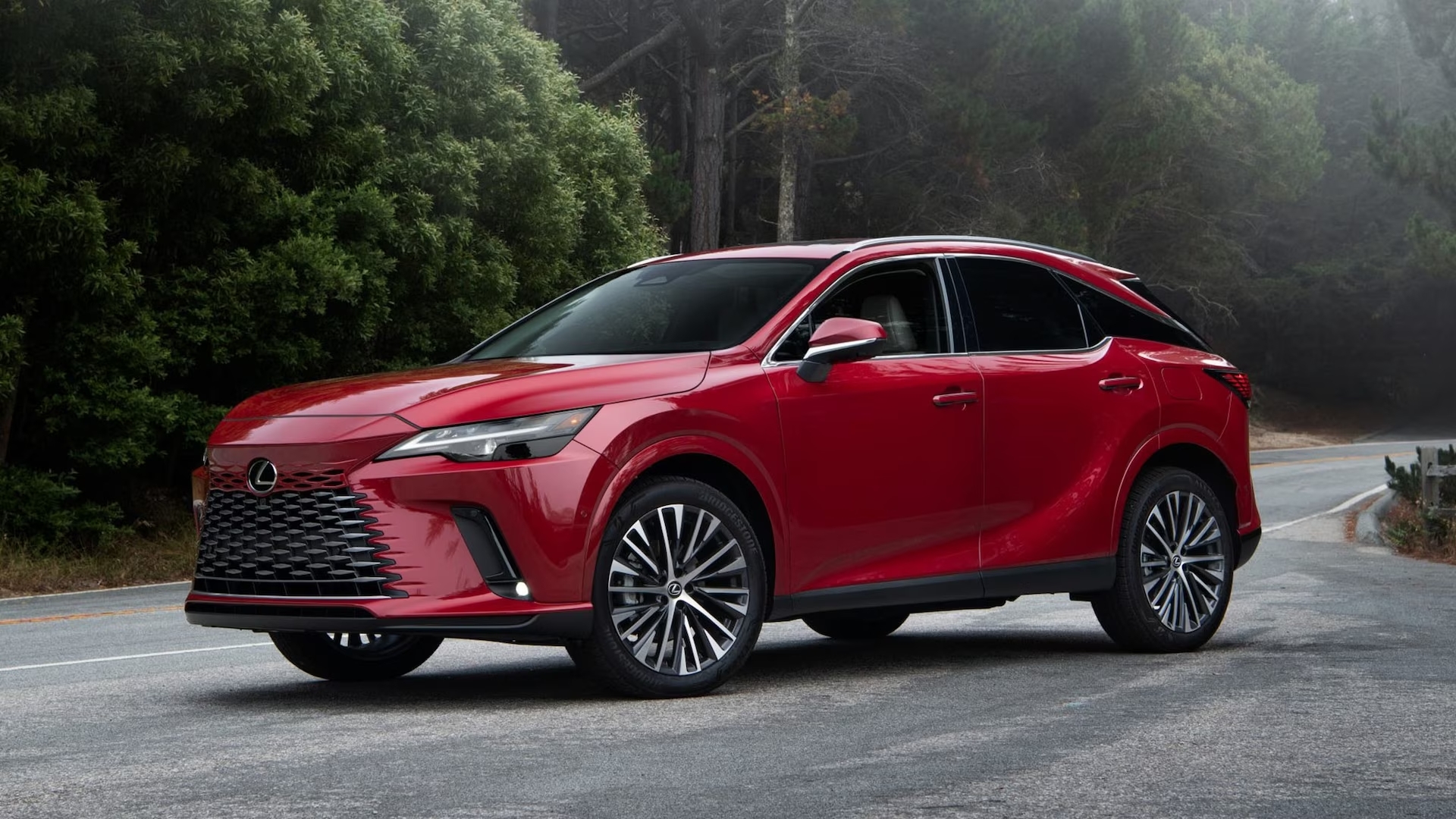
Inside, the RX 350 offers a quiet, plush cabin with top-notch materials. Soft-touch plastics, high-quality leather, and excellent fit-and-finish give it a lasting luxury feel. Even after 10 years, many owners report minimal wear on the interior. The electronics and infotainment systems have also aged better than expected.
On the road, the suspension is tuned for comfort, making it ideal for long drives or daily commuting. Mechanically, this vehicle is as low-stress as luxury cars get. Regular oil changes and basic servicing are usually enough to keep it running smoothly past the 300,000-km mark.
If you’re looking for a luxurious 10-year-old SUV that won’t drain your wallet in repairs, the RX 350 is a top contender. It combines Lexus’s strong reputation for reliability with upscale comfort that still feels premium after a decade.
5. 2014 Subaru Outback
The 2014 Subaru Outback is a rugged, versatile crossover wagon that still holds its ground a decade later. Known for its all-wheel-drive capability and practicality, it remains a top choice for drivers who need something tough, reliable, and adventure-ready.
Under the hood, the Outback comes with either a 2.5-liter four-cylinder or a 3.6-liter six-cylinder engine. Both powerplants are known for their reliability, with the 2.5-liter being the more fuel-efficient and widely available choice.
Paired with a CVT or manual transmission, the drivetrain is well-balanced for all-weather performance and light off-roading. What truly sets the Outback apart is its suspension and ground clearance.
Unlike typical sedans or crossovers, it offers nearly 8.7 inches of clearance, making it great for snowy roads, gravel paths, or minor trails. The all-wheel-drive system is symmetrical and built into every model, not just higher trims.
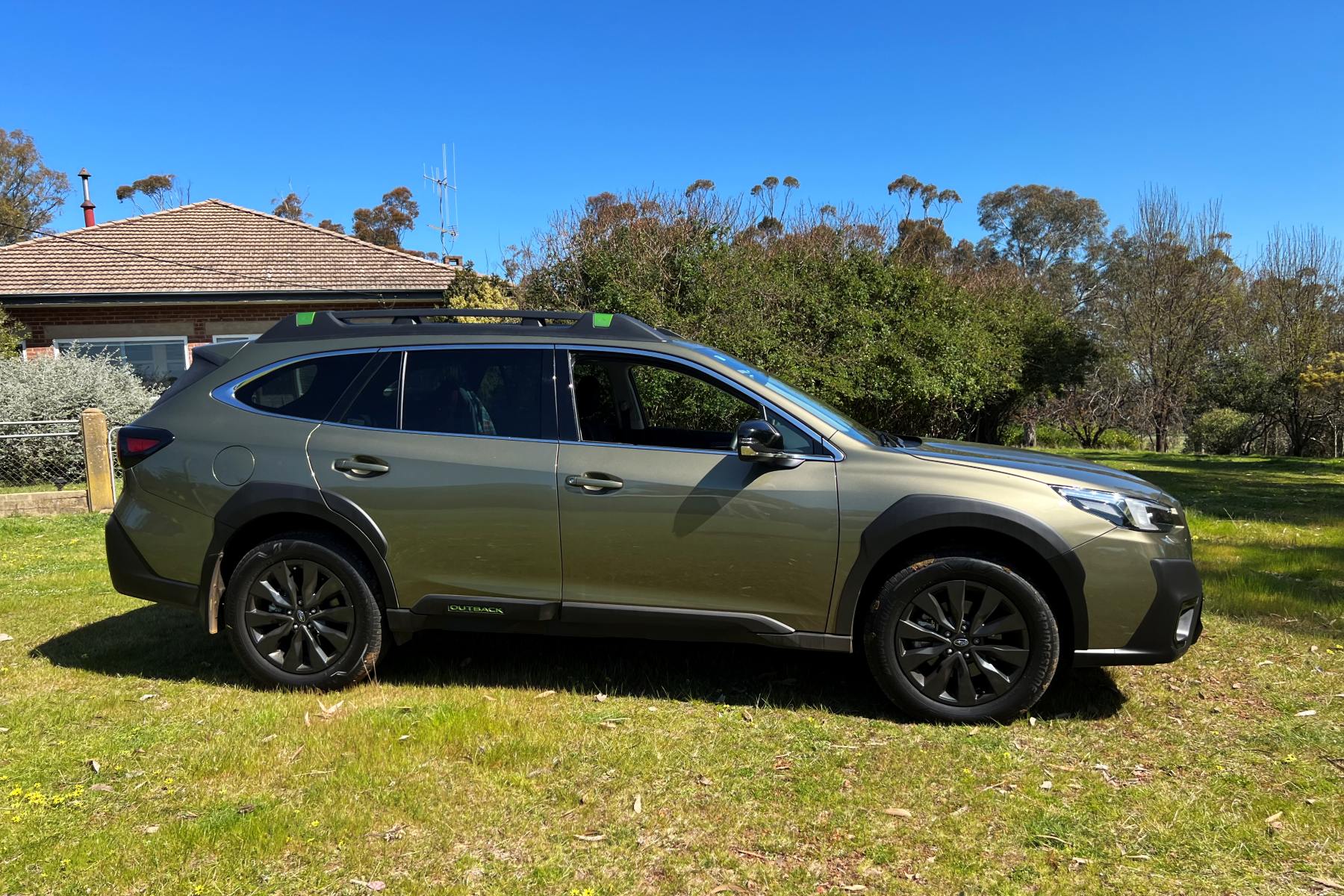
Owners love the Outback for its long-distance comfort and cargo space. The interior is functional, with controls that are easy to use and seats that hold up well over time. Subaru’s safety features, including EyeSight (on some trims), also contribute to its long-term appeal.
In terms of longevity, many Outbacks reach 300,000 km with consistent maintenance. The only minor issue is occasional head gasket wear on the four-cylinder engine, but this is well-documented and preventable with timely servicing.
If you need a 10-year-old car that still handles rough conditions with confidence, the 2014 Subaru Outback is hard to beat.
5 That Are Better Scrapped
1. 2014 Fiat 500 – Charming Looks, Frustrating Reliability
The 2014 Fiat 500 was introduced with charm and style aimed at urban drivers. Its retro design, compact size, and affordable price caught attention.
But as the years went by, owners quickly realized the appeal did not match its mechanical reliability. Now, a decade later, many Fiat 500s are better off scrapped than saved.
Under the hood, most models came with a 1.4-liter four-cylinder engine that was adequate for city driving. However, reliability issues plagued both manual and automatic transmissions. The Dualogic automated manual gearbox, in particular, is infamous for jerky shifts, poor long-term reliability, and expensive repairs.
Interior quality was also a weak point. While it looked funky and fun, the materials used were cheap, and many owners reported issues with broken trim, failing buttons, and rattling noises. Electrical problems are another frequent complaint—ranging from failing instrument clusters to power window issues and faulty sensors.
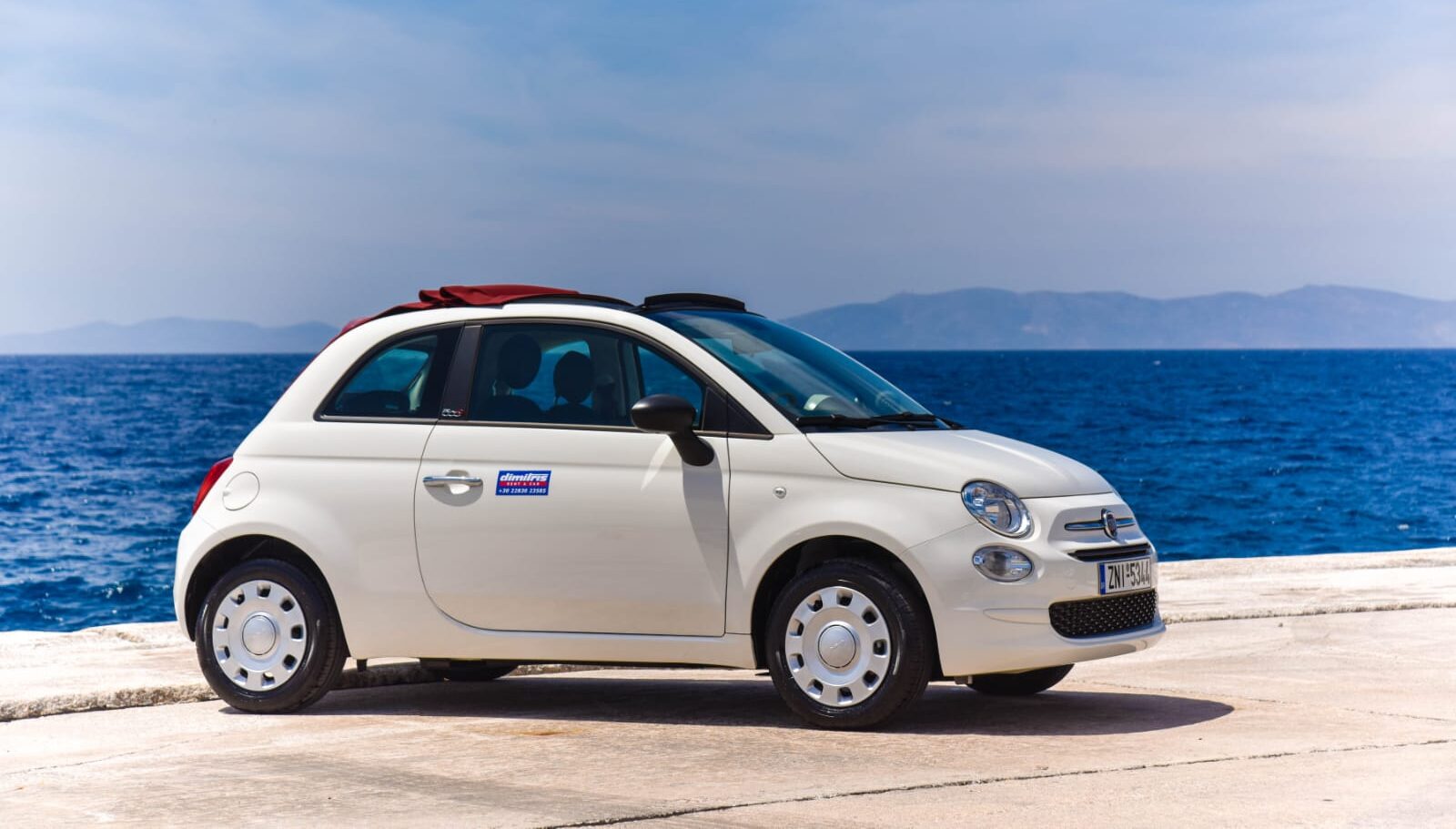
Perhaps the most frustrating aspect is the cost-to-benefit ratio. Repair costs for a Fiat 500 can quickly add up, often surpassing the vehicle’s market value. With poor resale demand, many mechanics discourage keeping them beyond the 8–10 year mark.
Parts can also be hard to source in some countries, particularly outside Europe, due to Fiat’s weaker global service network. For these reasons, a 10-year-old Fiat 500 is usually more trouble than it’s worth. While it may look cute on the outside, the hidden costs and frustrations make it a clear candidate for retirement rather than rescue.
2. 2014 Dodge Avenger
The 2014 Dodge Avenger was never a standout, and now, a decade later, it’s one of the least desirable used cars on the market. It has aged poorly in nearly every aspect, from performance and fuel economy to build quality and design. Chrysler discontinued it shortly after, which says a lot about its staying power.
Power came from either a 2.4-liter inline-four or a 3.6-liter V6. While the V6 offered decent power, both engines were mated to outdated automatic transmissions that shifted roughly and weren’t known for longevity. Fuel efficiency was below average for a midsize sedan, and the engines themselves lacked refinement.
The suspension and ride quality were among the most criticized aspects of the Avenger. Even when new, it felt bouncy and unbalanced, with poor noise insulation. Over time, the shocks and bushings wear out quickly, resulting in an even harsher ride. Interior quality was similarly underwhelming, filled with hard plastics and uncomfortable seats.
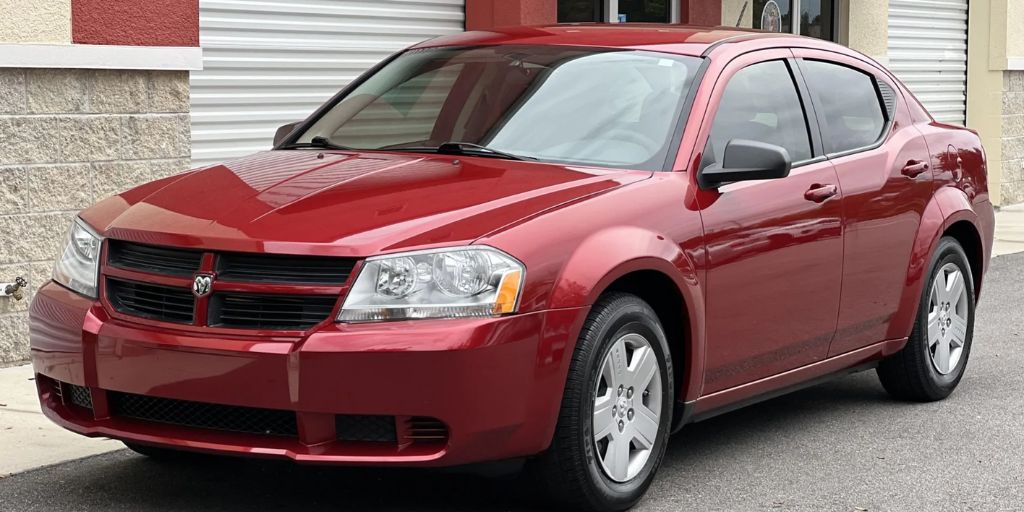
Electronics tend to fail over time—ranging from infotainment issues to power locks and climate controls. With Dodge moving away from sedans altogether, support and parts availability have been drying up. Most mechanics now recommend avoiding the Avenger altogether due to its poor long-term reputation.
The vehicle also has poor resale value, and repairs often exceed the car’s market worth. Even loyal Chrysler fans agree that the Avenger is a disappointing chapter in the brand’s history. At this point, it’s better to let this outdated model fade into obscurity than try to revive it.
3. 2014 Chevrolet Captiva
The 2014 Chevrolet Captiva was sold in various markets around the world, especially in Asia, Europe, and South America. On paper, it looked like a practical midsize SUV with room for the whole family.
But behind the wheel and under the hood, it tells a different story—one of mechanical problems, poor design choices, and long-term frustration. The Captiva was often offered with a 2.4-liter petrol engine or a 2.0-liter diesel, depending on the market. Both options were underpowered and prone to issues.
The petrol engine struggled with timing chain problems and oil leaks, while the diesel variants suffered from DPF (diesel particulate filter) clogging and turbocharger failures.
The suspension was poorly tuned and began to deteriorate after a few years. Drivers commonly report squeaking noises, worn-out bushings, and steering issues. The Captiva’s weight and high center of gravity made handling clumsy and unpredictable, particularly on rough or winding roads.
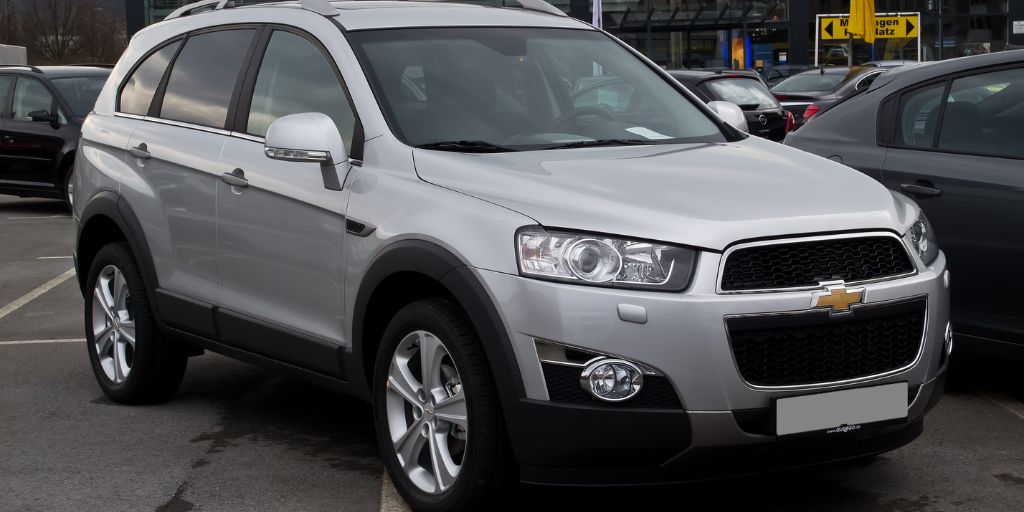
Interior build quality didn’t help either. Cheap plastics, dated infotainment systems, and fragile trim pieces gave the cabin a budget feel that didn’t age well. Electrical issues are also widely reported—ranging from dashboard warning lights to electronic parking brake failures.
Spare parts are hard to come by in some markets because GM phased out the model and didn’t offer consistent support globally. Mechanics often advise against spending more on these vehicles, especially when better alternatives exist in the used SUV segment.
Simply put, the 2014 Captiva hasn’t stood the test of time. It’s a model better scrapped than saved.
4. 2014 BMW 5 Series (F10)
The 2014 BMW 5 Series (F10) might surprise people on a list like this. After all, it’s a luxury sedan from a premium brand. But when we look past the badge and focus on ownership at the 10-year mark, the story changes. The F10-generation 5 Series, especially the 528i and 535i, can be a financial nightmare for used buyers.
BMW’s turbocharged engines in this generation—particularly the N20 and N55—suffer from numerous issues over time. High-pressure fuel pump failures, oil leaks, coolant system issues, and timing chain problems are commonly reported. Once the factory warranty ends, repair costs skyrocket. Fixing just one major issue could cost more than the car’s resale value.
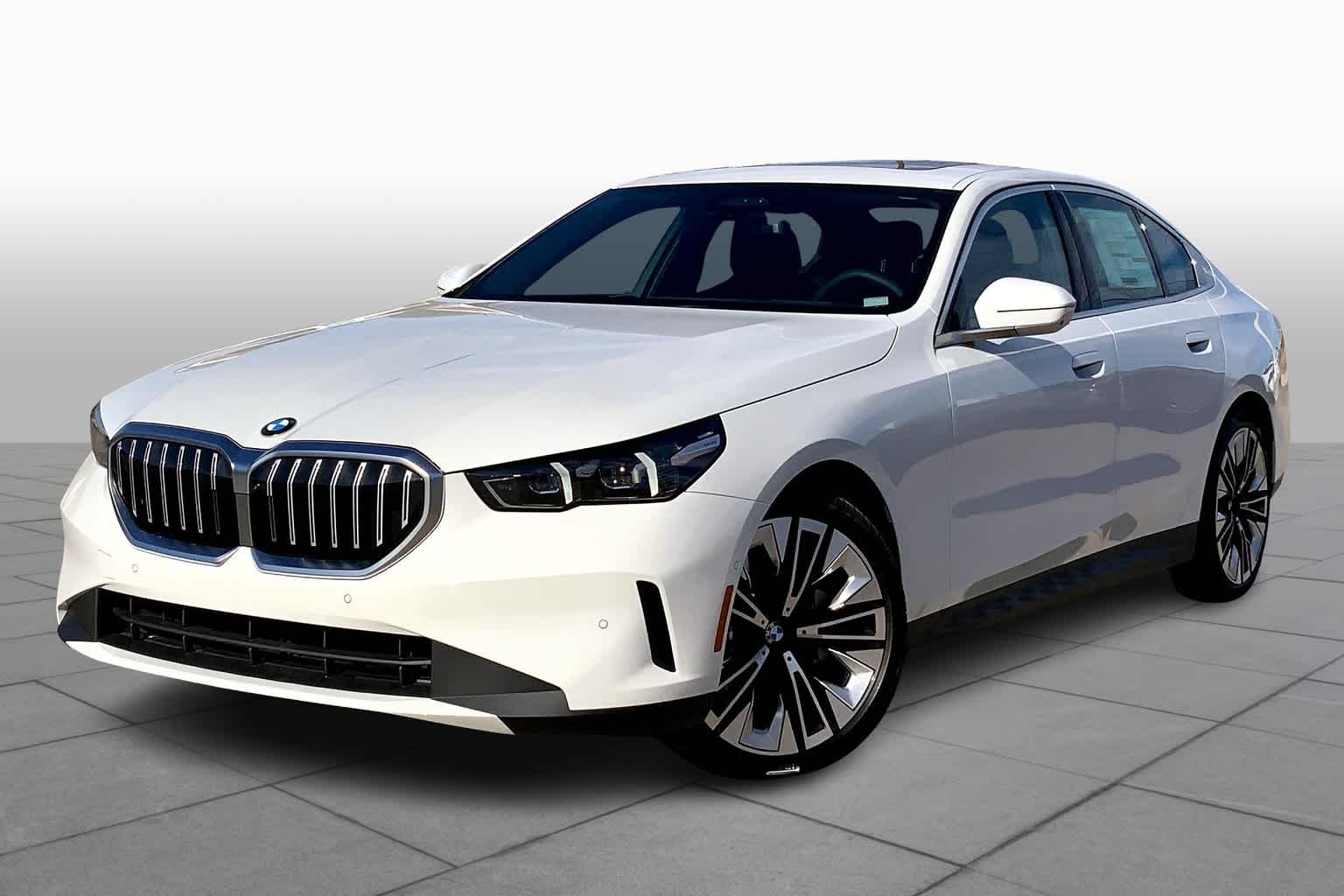
The electronic systems are another concern. The iDrive infotainment system, automatic climate controls, and parking sensors often fail after years of use. BMW’s complex wiring makes diagnosis and repairs expensive. Even something simple like replacing a battery can trigger electronic errors if not done using special procedures.
The suspension system in the F10 is complex, with multi-link components and optional adaptive dampers. Replacing them is pricey, and the ride gets noticeably harsher once components begin to wear. Combine that with high parts and labor costs, and ownership becomes financially risky.
Unless you’re a skilled DIY mechanic with access to specialized tools, owning a 10-year-old F10 5 Series can be more frustrating than fun. While it may still look sharp, the cost of keeping it on the road often outweighs the luxury it promises.
5. 2014 Nissan Juke
The 2014 Nissan Juke gained attention for its funky design and sporty marketing. It looked like a bold, youthful crossover for urban drivers, and the turbocharged engines added some fun. But 10 years later, the Juke’s odd design and weak reliability make it a less appealing choice—and in many cases, one not worth fixing.
Most 2014 Jukes were equipped with a 1.6-liter turbocharged engine and a CVT transmission. Unfortunately, both are trouble spots. The CVT, in particular, has a bad reputation for overheating, slipping, and total failure over time. Replacing it can cost thousands, which is often more than the car’s value.
Turbo models also suffered from poor fuel efficiency and overheating issues, especially in hotter climates. Engine cooling components and intercoolers tended to wear out faster than expected. Oil leaks and turbo lag were also common after a few years of use.
The suspension and steering components are light-duty, which leads to quick wear and rattling noises. The ride quality degrades over time, making the Juke feel more like a worn-out hatchback than a confident crossover. Interior space is also tight, and the rear visibility is poor due to its sloped roof and thick pillars.

While it was marketed as a stylish, urban runabout, long-term ownership of the Juke can become costly and frustrating. Many mechanics advise against repairing older Jukes with transmission or engine issues. At the 10-year mark, the Juke’s personality just isn’t enough to outweigh its growing list of problems.
As we’ve seen, not all 10-year-old cars are created equal. Some, like the Toyota Corolla or Honda CR-V, continue to impress with their durability, reliability, and affordable maintenance.
Others, like the Fiat 500 or BMW 5 Series, might offer style or performance but fall short in long-term practicality. When buying a decade-old car, it’s crucial to look beyond the surface and focus on the full ownership experience.
Reliable used cars tend to have a few key traits in common. They use simple, proven engines. Their parts are widely available and affordable. They avoid excessive electronics or fragile components that are prone to breaking after years of use.
Brands like Toyota, Honda, Subaru, and Mazda often top reliability charts because they prioritize engineering over gimmicks. On the flip side, fragile 10-year-old vehicles often share similar red flags.
They rely on complex transmissions or turbochargers that haven’t aged well. They include luxury features that are expensive to fix once out of warranty. And in many cases, the automaker has moved on—making support and parts harder to find.
Resale value also tells a story. Reliable cars tend to retain their worth even at the 10-year mark, while fragile ones depreciate rapidly. This isn’t just about brand loyalty—it’s about how well a vehicle serves its purpose over time. Nobody wants to spend more on repairs than what the car is worth.
If you’re in the market for a used vehicle, or trying to decide whether to repair or replace your current one, use this guide as a reference. The cars listed here represent a broad, global sample—covering American, European, Japanese, and Korean models.
They show that long-term value isn’t always about how a car looks or how fast it goes. It’s about whether it keeps working when you need it most.
In the end, reliability saves you time, money, and headaches. It lets you focus on enjoying the drive instead of stressing over the next garage visit. And that’s something every driver deserves—especially when making a choice about a 10-year-old car.
Also Read: 5 Cars That Keep Cool in Summer and 5 That Overheat

